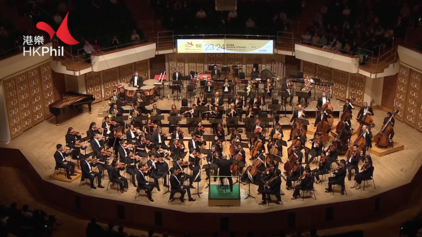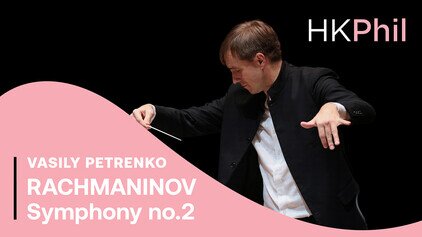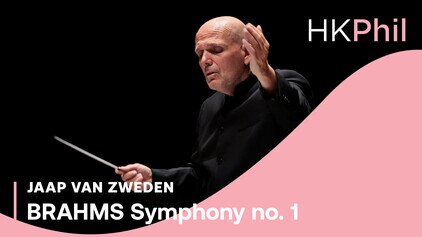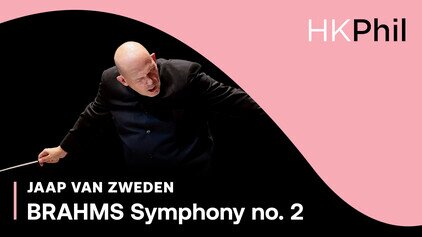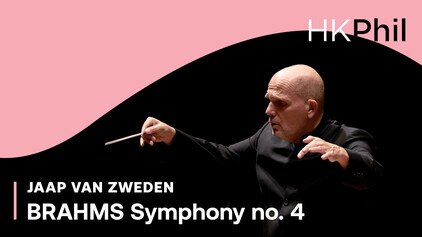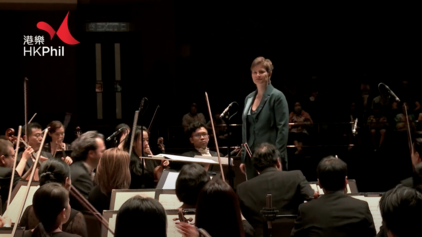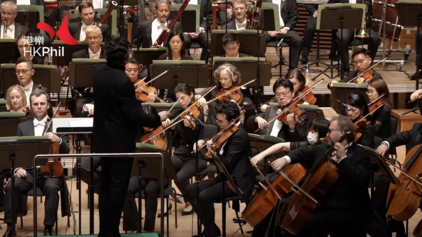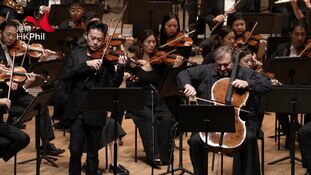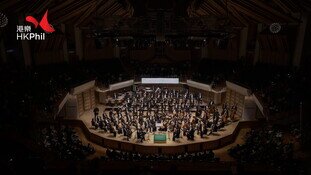MAHLER | Symphony no. 1
PROGRAMME
GUSTAV MAHLER (1860-1911)
Symphony no. 1 in D
- Langsam. Schleppend – Immer sehr gemächlich
- Kräftig bewegt, doch nicht zu schnell
- Feierlich und gemessen, ohne zu schleppen
- Stürmisch bewegt
THE COMPOSER
When Gustav Mahler began work on his First Symphony in 1884, he was an ardent young Wagnerian modernist, convinced that purely abstract music, without titles or programmes, was a thing of the past. He thought of calling the work “tone poem”, and of giving it a title, Titan, taken from the novel by the German romantic writer Jean Paul (the pen name of Johann Paul Richter). For Richter the “Titan”, the true genius, is a “Heaven-Stormer” (Himmelsstürmer), an obsessive, almost recklessly passionate idealist – in other words, a man just like Mahler.
First symphonies are always an important milestone, but for Mahler, keen to prove to the world that he was a serious composer as well as a brilliant, firebrand conductor, this was a potential breakthrough. At the same time, he was working through something highly personal: the after-effects of a love affair that had ended, painfully, at about the time he began work on the symphony. The problem with Mahler is that he had a strong tendency to idolise women he loved: later this was to cause big problems in his relationship with his wife, Alma.
THE BACKGROUND
For the premiere, in Budapest in 1889, Mahler decided to explain the ideas and emotions behind the symphony in a programme note, which told how the symphony progressed from “the awakening of nature at early dawn”, through youthful happiness and love, to the sardonic gloom of the funeral march, and then to the finale, subtitled “From Inferno to Paradise”. But Mahler soon began to lose faith in programmes. “I would like it stressed that the symphony is greater than the love affair it is based on,” he wrote. “The real affair became the reason for, but by no means the true meaning of, the work.” But there is more here than musical story-telling. Through his work as a conductor, Mahler was already acquiring exceptional technical skill in orchestration. His handling of a very large, colour-enhanced orchestra in his First Symphony (it got even bigger when he revised it) is remarkable enough in itself, and it plays a big part in scene-setting and creating moods. For an audience in 1889, hearing Mahler's First Symphony would have been like stepping into a new world. The opening can still surprise even today: one note, an A, is spread through almost the entire range of the string section, topped with ghostly violin harmonics. Other unusual colours follow: distant trumpet fanfares, high clarinet cuckoo-calls, a plaintive cor anglais, the bell-like bass notes of the harp. The sheer sound-wizardry is more typical of the 20th century than even the very late 19th.
THE MUSIC
Mahler’s First Symphony is full of pointers to meanings beyond the notes. The main theme of the first movement – heard on cellos and basses after the slow, intensely atmospheric “dawn” introduction – is taken from the second of Mahler’s Lieder eines fahrenden Gesellen (Songs of a Wayfarer). In the song, a young man, jilted in love, sets out on a journey hoping that nature will help his own heart to heal. The ending seems cheerful enough, but at the heart of the movement comes a darkly mysterious passage, with sinister new sounds: the low, quiet growl of a tuba, ominous drum-beats, and a repeated sighing figure for cellos. In the words of the song: “So will my joy blossom too? No, no; it will never, never bloom again.”
Dance music dominates the second movement, especially the robust, earthy vigour of the Ländler (the country cousin of the sophisticated urban Waltz). But the slower, more reflective Trio brings more adult expression: nostalgia and, later, sarcasm (shrill high woodwind). The third movement is in complete contrast: an eerie, sardonic funeral march, based on the old nursery tune Frère Jacques, partly inspired by a painting by Jacques Callot, The Huntsman’s Funeral, in which a procession of animals carries the hunter to his grave. At the heart of this movement, Mahler quotes another of the Lieder eines fahrenden Gesellen, which tells how the rejected lover finds consolation in the thought of death.
But in the finale Mahler strives ever onward – in the words of the discarded programme, “From Inferno to Paradise”. At first all is turbulence, but when the storm has died down, strings present an ardent, slower melody. A brief memory of the first movement’s “dawn” music, and the struggle begins again. More reminiscences and still more heroic struggles follow, until the symphony ends in jubilation, with a horn theme recalling “And he shall reign” from Handel’s Messiah. But even without that massive hint, the message would be clear enough.
Programme note by Stephen Johnson
Artist
SUPPORT THE HK PHIL'S ONLINE PROGRAMMES
The Ambassador Fund allows the orchestra to produce various online programmes, keeping our connection with the communities. The HK Phil has released over 80 online programmes and garnered over 1.5 million views since the pandemic. Your donation supports production costs incurred and helps us share music!
Symphonies
Other videos in this series












